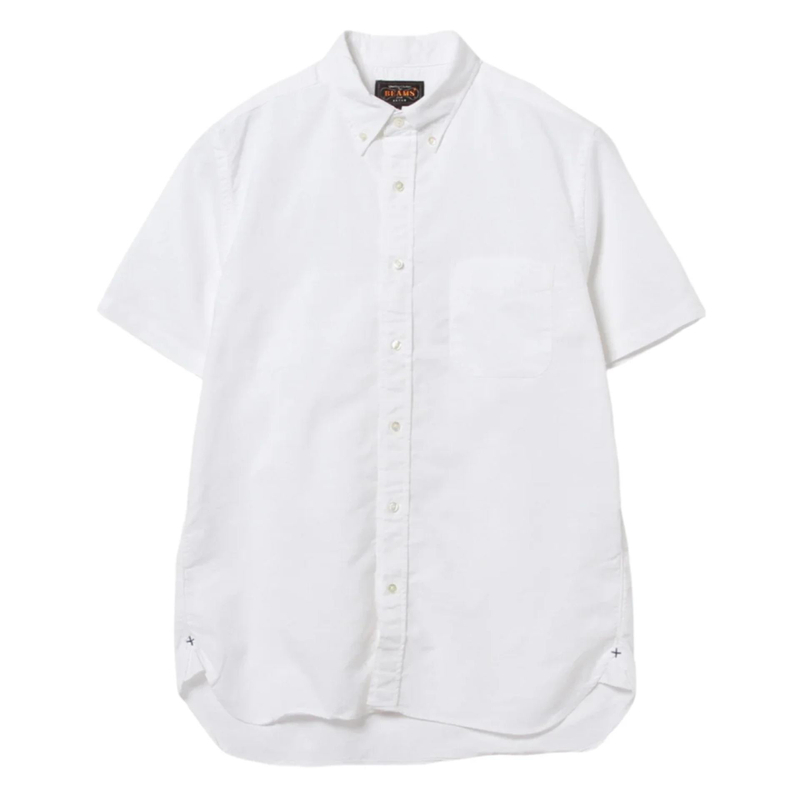Ivy League style isn’t just a look — it’s a language of clothes that signals taste, restraint, and quiet confidence. Once associated strictly with Northeastern campuses and private clubs, the aesthetic has quietly evolved into a global, gender-fluid set of wardrobe rules that mixes heritage tailoring with contemporary ease. Below is an actionable, insight-packed guide for professionals who want to understand the trend, why it’s back, and how to use it strategically — whether for personal branding, retail merchandising, or editorial content.
Quick snapshot (data you can act on)
- Market scale: Global preppy/Ivy-inspired apparel was valued at about $12.8 billion in 2024 and industry forecasts expect continued growth into the decade. Market Intel
- Heritage brands are regaining heat: Legacy labels (Ralph Lauren, Brooks Brothers, J. Press) are seeing renewed consumer interest and visibility across fashion indexes and media roundups. Who What Wear+1
- Runway → retail trickle: High fashion took Ivy/“Americana prep” cues at recent shows, helping push the aesthetic back into mainstream consciousness. Marie Claire
- Key seasonal piece revival: Rugby shirts, crested blazers, and loafers have been named breakout/returning items for the season. Glamour
(I used those public reports and trend pieces to calculate the market baseline and to identify which categories and brands are trending — see citations above.)
Why Ivy League style is resurging now
- Quiet luxury + timelessness: In a market fatigued by fast fashion cycles, consumers — especially Millennials and older Gen Z — are gravitating toward garments that convey stability and investment value. Heritage brands offer that narrative and recognizable visual shorthand. Who What Wear
- Cultural recycling & media cues: TV, film, and celebrity styling (plus runway reinterpretations) keep preppy codes top of mind for aspirational dressing. High-profile designers leaned on campus motifs at major shows, signaling cultural permission to re-adopt Ivy staples. Marie Claire+1
- Versatility for hybrid lifestyles: The Ivy palette and layered approach — blazers, vests, knitwear — translate easily between work, remote calls, and social settings. That flexibility fits the modern professional’s wardrobe needs.
Core elements of modern Ivy League style
Aim for a mix of structure + softness. Key pieces:
- Crested blazer / unstructured sportcoat — wear slightly oversized for a contemporary edge.
- Crisp button-down shirts (oxford cloth) — the backbone of every Ivy outfit.
- V-neck sweaters and sweater vests — layered over shirts or tees.
- Pleated skirts / tailored chinos — polished bottoms that nod to academia.
- Penny loafers, tassel loafers, or clean leather sneakers — footwear balances formal and modern.
- Accessories: leather belts, minimal crested pins, thin silk scarves, and sensible watches.
Styling rules for professionals (wear it without looking costume-y)
- Keep proportions modern. Pair a slightly boxy blazer with a slim trouser or full pleated skirt — contrast matters.
- Limit logos. The Ivy aesthetic is about signs of taste, not overt branding. Subtle crests and quality fabric speak louder than logo tees.
- Layer to add depth. A v-neck knit over a button-down under a jacket is classic and camera-ready for video meetings.
- Color palette: navy, camel, oxford blue, cream, forest green — add one seasonal accent (e.g., burgundy or mustard).
For retailers & content teams: merchandising & marketing takeaways
- Stock heritage & accessible price tiers. Consumers want the look at multiple entry points — from vintage/secondhand to premium heritage labels. Positioning across tiers captures demand. Brand Vision
- Feature key seasonal buys: this season’s spike in rugby shirts and knit vests is an easy merchandising hook. Short, targeted capsule collections (e.g., “Campus Classics”) convert well. Glamour
- Tell the story: product pages that explain provenance (construction, fabric, origin) outperform plain listings for heritage pieces.
- Editorial + shoppable lookbooks: show 3 ways to wear each piece — office, weekend, evening — to increase basket size.
Industry insight: consumer behavior & risk factors
- Value sensitivity remains high. Even as heritage interest grows, many shoppers rank price as a top factor, so brands must balance premium positioning with clear value propositions. (See consumer spend research on price priority.) cascale.org
- Sustainability & secondhand play a role. The rise of resale channels complements the Ivy look, where classic pieces are durable and retain resale value.
- Watch for commodification. As mainstream brands copy Ivy cues, authenticity becomes a differentiator — provenance, tailoring, and storytelling will sustain premium positioning.
Actionable checklist (for the next 30 / 90 / 180 days)
30 days — quick wins
- Curate a 10-piece “Ivy Edit” on homepage + email campaign.
- Promote 3 cross-sell combos (blazer + sweater + loafers).
90 days — medium investments
- Launch a content series: “Ivy Essentials: 5 Pieces That Never Fade” (with shoppable styling).
- Partner with a vintage/resale platform for capsule drops.
180 days — strategic
- Develop a heritage capsule with limited runs, emphasizing fabric and craftsmanship.
- Explore community events (panel, styling workshop) to build authenticity and PR.
Final thought
Ivy League style succeeds today because it means something: understated competence. For professionals and brands, the opportunity isn’t simply re-selling a nostalgic look — it’s translating those visual signals into products and narratives that resonate in people’s daily lives: work, social, and digital. Treat the trend as a toolkit (not a uniform), and you’ll keep it fresh, wearable, and commercially viable.


